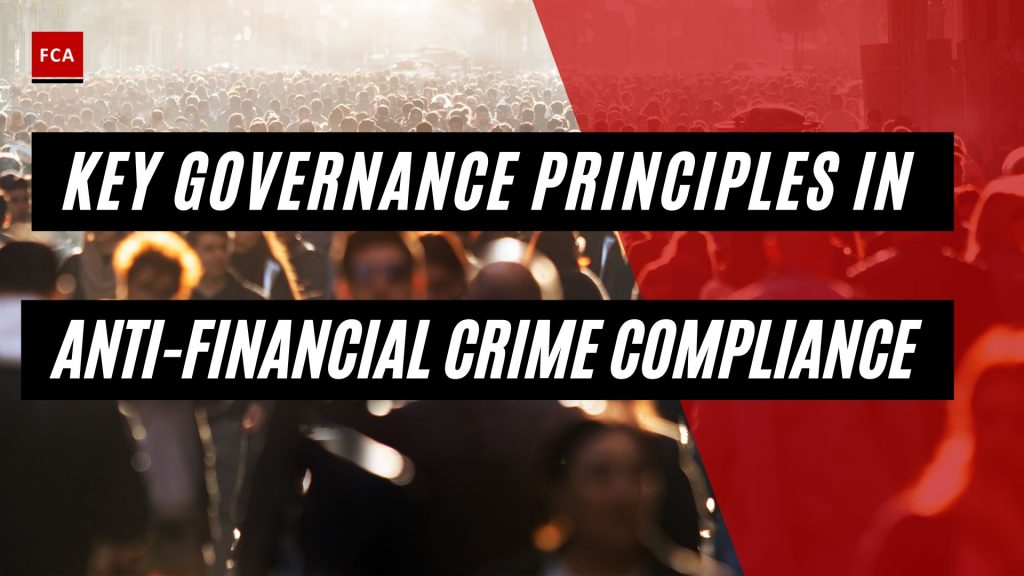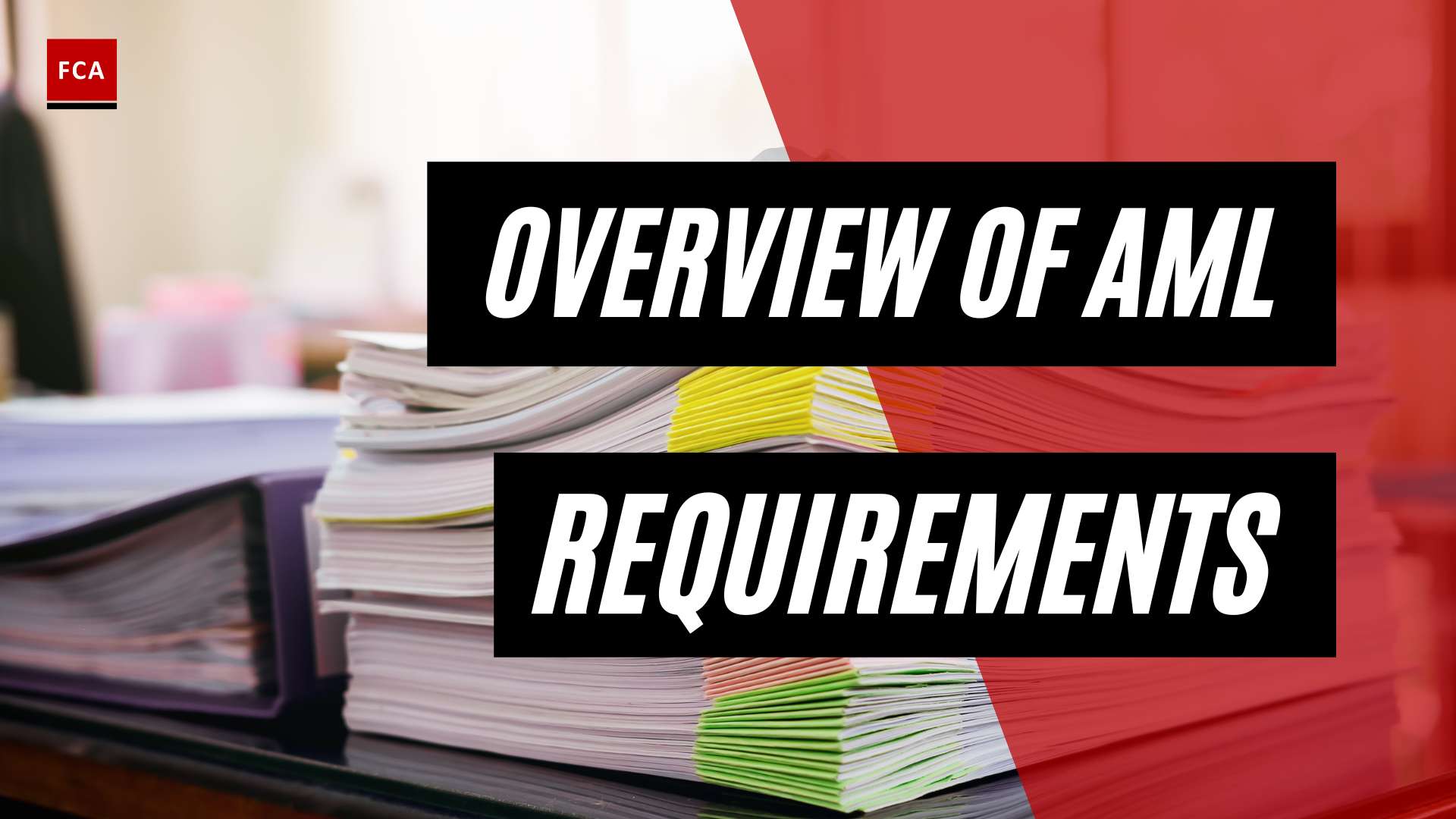The key governance principles in anti-financial crime compliance, including the role of governance in developing strong anti-financial crime compliance culture, policies, and oversight. An organization is created to achieve desirable outcomes defined by the specific needs and interests of the shareholders. Value creation and shareholders’ wealth maximization are the organization’s key objectives.

Key Governance Principles in Anti-Financial Crime Compliance
The organization creates value by transforming various inputs into new outputs. Shareholders of an organization delegate authority to a governing body to take charge and run the organization’s affairs on their behalf. Shareholders are interested in profits and wealth maximization and expect to realize their goals effectively, sustainably, and ethically through an appropriate governing body.
Organizations are influenced by economic, social, political, environmental, technological, and physical factors. These factors include uncertainty, complexity, change, competition, and business capacity and capabilities limits. An organization adopts an appropriate structure and takes specific measures to keep its decisions, actions, behaviors, and outcomes in alignment with the objective of stakeholder wealth maximization, which is achieved through optimization of overall business performance.
Without standards on treating financial crime risk and applying risk management processes to manage it, the entities, its customers, shareholders, and employees remain exposed to certain identified and/or unidentified financial crime risks. The structure, scope, and breadth of compliance function vary among entities, and a wide gap exists between the understanding of ‘financial crime compliance risk’ and its management.

The Board Anti-Financial Crime Committee
The board has ultimate responsibility for internal controls and financial crime risk management, and the board-level committees support it. The board approves the anti-financial crime framework based on the board anti-financial crime committee or BAFCC, which also recommends the tolerance levels for different functions and processes considering all financial crime risk types. The board approves the tolerance levels of directors.
The board and senior management have primary responsibility in maintaining and promoting a strong compliance culture by ensuring that all employees understand their roles and responsibilities concerning compliance. Employees must feel comfortable raising any event of non-compliance without any fear of negative consequences. The board and senior management must create a compliance culture to comply with legal and regulatory requirements.
The board of directors is ultimately responsible for overseeing the design and implementation of an enterprise-wide anti-financial crime compliance program. The board, either itself or through any of its sub-committee, approves compliance risk strategy and allied policies and oversees its implementation across the entity.
The board ensures a robust financial crime risk management strategy and risk profile, with required authority, independence, resources, and human resources. The board approves an end-to-end anti-financial crime compliance program to promote compliance culture and support organizational compliance functions.
The anti-financial crime compliance program clearly defines the roles and responsibilities of different functions, the coordination mechanism, the processes, and tools to identify, mitigate and report entity-wide financial crime risks. In carrying out its responsibilities, the board ensures that all relevant information is received from management to fulfill the governance roles.
Final Thoughts
The possibility of committing a crime poses a risk to one’s reputation as well as regulatory compliance. The primary risk in the context of this Framework is the exploitation of the financial system. Failure to prevent financial crime can have a negative economic risk, whether real or perceived, and can erode trust in the bank’s perception by its employees, clients, shareholders or investors, and society as a whole.








